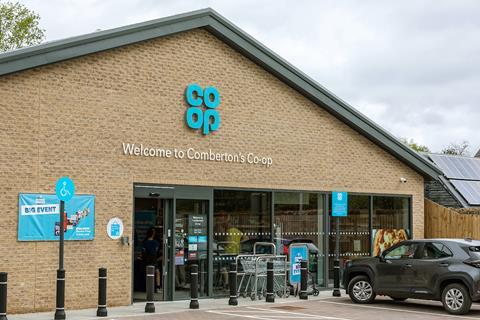
Co-op is once again acquiring stores. And this time, it’s not smoke and mirrors.
The retailer is embarking on a genuine acquisition and expansion programme on the back of a clever strategy that saw its leadership take stock of its performance, pay off its debt after the sale of its forecourt convenience portfolio to Asda, and re-examine a format and locational plan that works for them. Buoyed with cash reserves, clear of debt, and this knowledge – together with a flexible approach that suits local catchments and demand – the business looks set to have an exciting year ahead.
In Co-op’s most recent results, it announced plans to acquire new stores for its food arm, more than double the number of new franchise locations, open 400 new Nisa shops and accelerate its share in the quick commerce market to over 30%. It ended 2023 as the top quick convenience brand. In the same year, Co-op expanded its partnership with Just Eat to over 1,000 stores – part of its aim to capture 30% of the overall quick convenience market share in the next four years.
This is excellent news for the market. Having a major player like Co-op actively acquiring stores will drive competition from other supermarkets and food store retailers, which will boost rents and bring forward development – in turn driving other new openings.
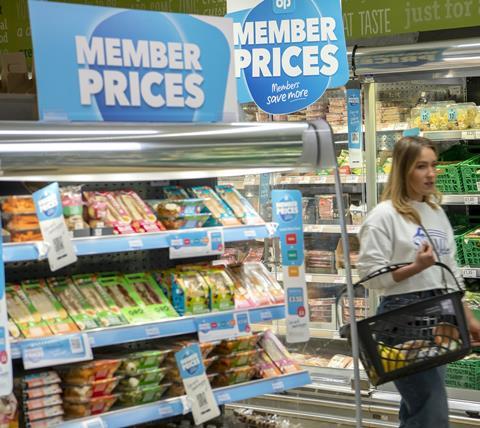
This adds to the re-emergence of Lidl from dormancy. It’s another good example of a brand that has reflected on its requirements and pivoted strategy accordingly, with its preferred store format of 25,000 sq ft and above already being successful.
This type of activity is exactly what the market wants and needs following a protracted period of ‘wait and see’. For a long time, capex has only been only spent when absolutely crucial thanks to ongoing political and economic uncertainty, energy costs, supply and labour issues, inflation, compliance with MEES legislation, and falling consumer confidence and spend.
Don’t get me wrong, many of these pressures haven’t gone away necessarily. But the brands that used the ‘wait and see’ period wisely to look inwards, create efficiencies and trial the right formats are going to come back stronger and be ready to expand again much quicker than those that did not.
One of the ‘did nots’ is Asda, which, despite buying up the forecourt convenience portfolio from Co-op, has paid off debt on an expensive loan rather than spending to compete with other food stores and investing in its own store format. Morrisons is another example. It is burdened by having to pay off a loan perhaps it didn’t want in the first place, rather than expanding or competing.
While a full market recovery is not quite apparent yet, the signs are good. The Co-op’s expansion sets the scene for plenty more smiles across the food store sector.









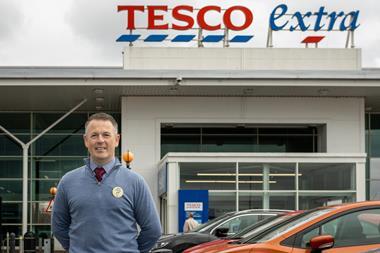
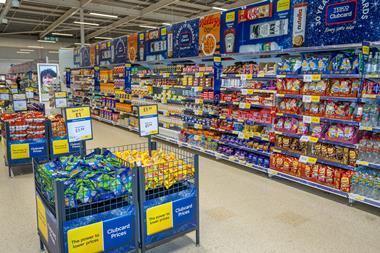
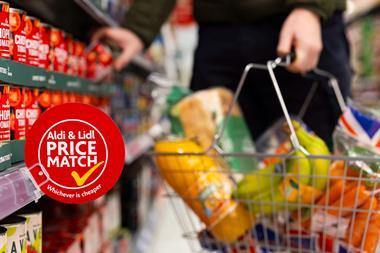







No comments yet